I am very new to matplotlib and am working on simple projects to get acquainted with it. I was wondering how I might plot the decision boundary which is the weight vector of the form [w1,w2], which basically separates the two classes lets say C1 and C2, using matplotlib.
Is it as simple as plotting a line from (0,0) to the point (w1,w2) (since W is the weight "vector") if so, how do I extend this like in both directions if I need to?
Right now all I am doing is :
import matplotlib.pyplot as plt
plt.plot([0,w1],[0,w2])
plt.show()
Thanks in advance.
